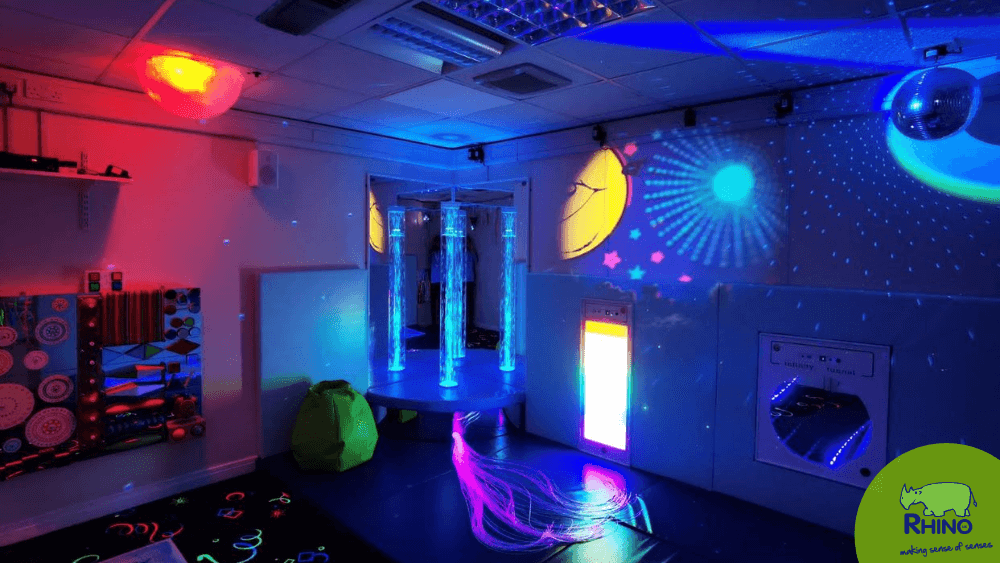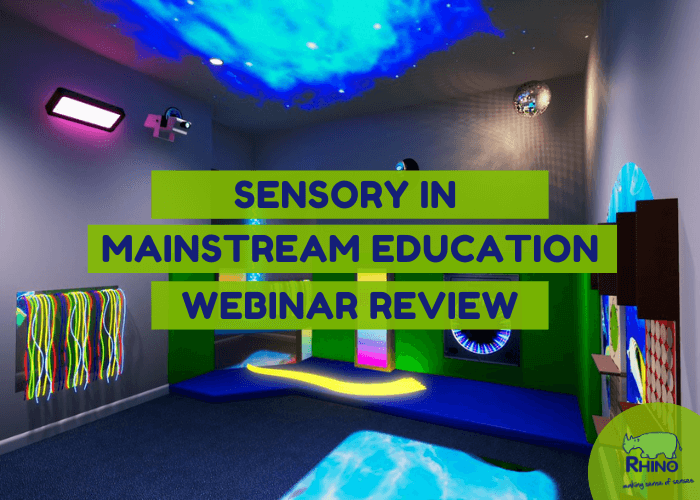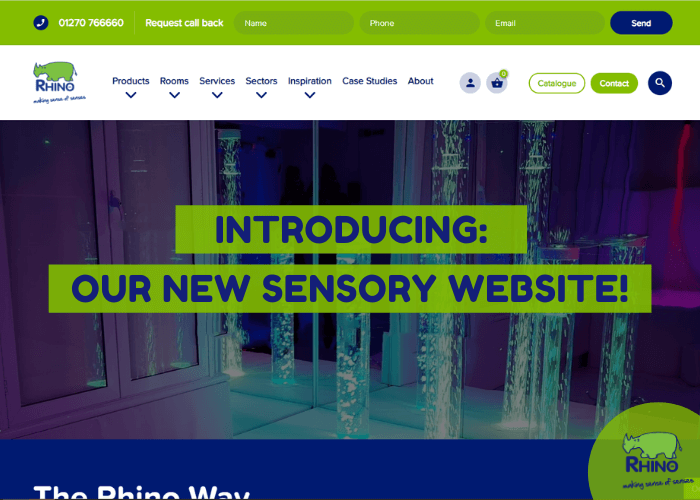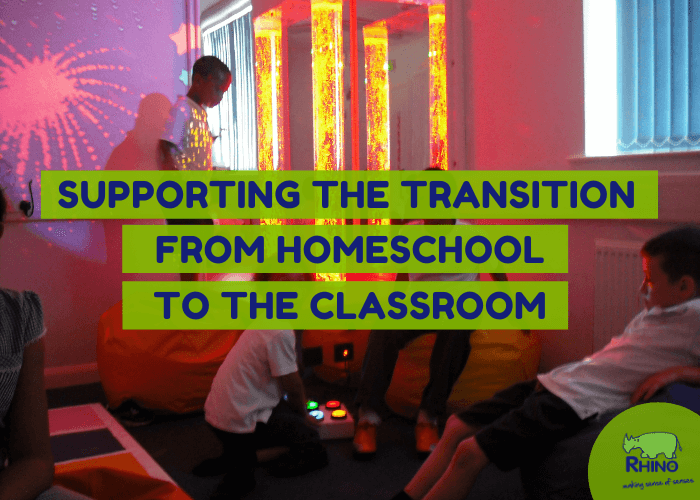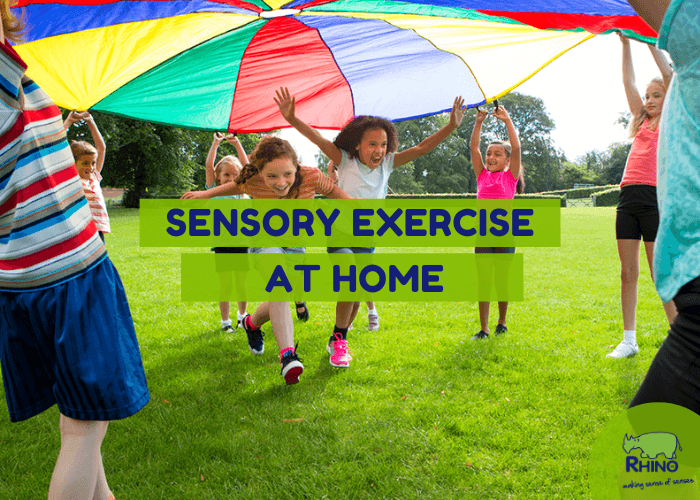At the end of February, we decided to host our first sensory webinar, ‘Sensory in Mainstream Education’ – to help schools discover the importance of sensory and how it can uplift, support, and develop every member of their school community.
We enlisted the support of sensory icon Richard Hirstwood and sensory education tsar Carol Allen to create a uniquely exciting webinar that would leave you as entertained and informed as a session in a stimulating multi-sensory room would!
The key takeaway: Sensory learning is for everybody; all ages and stages of development can benefit from sensory learning.
But if you’d like a full rundown of the event, you can scroll down to read our summary review and scroll down to the very end to watch the webinar yourself!
“We are sensory beings.”
We are always using our senses to understand the world around us, listening, looking, touching, tasting and smelling so that we can learn more about our environments and, in turn, ourselves.
They say that a picture can paint a thousand words, so what does this photo have to say about sensory?
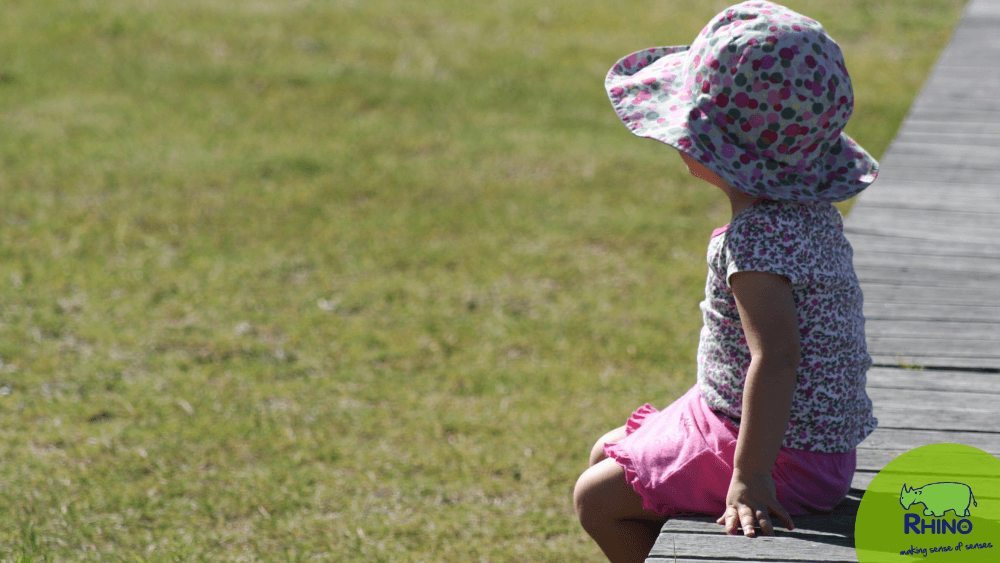
- Touch: The feeling of the hard, wood planks she’s sitting on how they feel under her fingers and its contrast to the soft grass below.
- Sound: Sound of a soft breeze, birds chirping, ducks on the lake ahead of her.
- Sight: Sun shining across her, creating interesting shadows and patterns across the lawn.
- Smell: Freshly cut grass and a warm summers breeze.
Activity: Why don’t you consider your current sensory environment? How does it feel, look, smell, and sound like?
“Did you know that only a third of sensory potential is being used in lessons?”
Sensory Gardens: Sensory gardens and outdoor areas are filled with sensory potential. They can be interactive or passive, or both, perfect to suit each and every mood.
-
- Grow tasty things that you can eat.
- Or flowers that smell sweet and relaxing.
- Install water features to listen to and interact with (they don’t have to be expensive).
Sensory & English: Bring stories to life, add a sparkle of sensory magic, and watch as the characters leap off the page into an exciting interactive 3D story world.
Carol recommends ‘Whoo’s There’ by Heather Zschock, a projective storybook where you can shine a torch through the pages to create interesting shadows on your walls, creating a uniquely engaging sensory experience.
Sensory & Maths: Carol recommends that you make maths tactile, making abstract numbers, theories and symbols make sense in a physical form. Use cubes, blocks, manipulatives, beads, fruit, toys – make numbers mean something to your student. The visual and tactile stimulation from manipulative maths also aids memory, helping to make sense of maths.
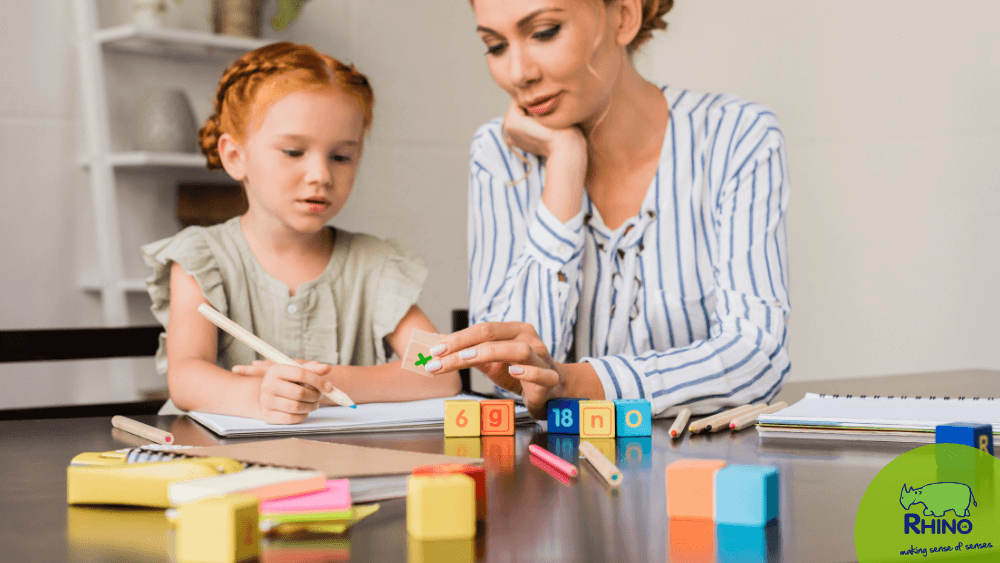
“Remember Sensory Preferences”
“It’s important to remember that we all have sensory preferences and that one type of sensory stimulation might work for one person and not another,” Richard explained. Sensory preferences are best described simply – how do you sleep at night? Is the window open or closed? Socks or no socks? The right side of the bed, or the left?
Sensory preferences like these are the same for everyday learning activities and lessons. Remember that one sensory learning environment might work for some and not for others.
Bubble Tubes!
“9 out of 10 times when a learner enters a sensory room, they will head straight towards the Bubble Tube,” Richard joyfully exclaims as he stands near his very own bubbling tube. He explains that humans seem to have a profound connection to water, and because of this, there is something especially interesting about bubbles. This connection is why Richard believes that Bubble Tubes are one of the best pieces of sensory kit.
“Movement is important, as are unique events – together, they create perfectly distracting and stimulating moments that are great for students to concentrate and focus”.
With endless amounts of bubbles floating through a Bubble Tube every minute, they’re great at capturing the attention of any wandering eye and holding its focus, ready to concentrate and learn something new.
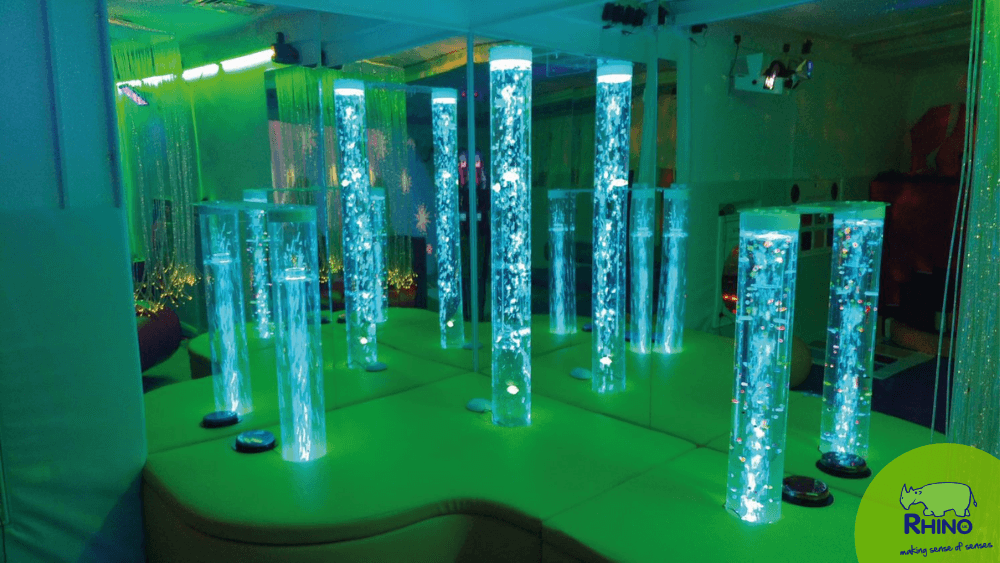
Sensory works, and it’s a fantastic resource for every school.
The webinar finished on a high note, celebrating the possibilities of sensory and the wonder it can bring to each and every classroom. If you’d like to be the first to hear about our next sensory webinar, sign up to join the Rhino Herd!
- Learn more about Sensory in Education with our handy blog explaining the benefits of sensory in helping children settle into school life.
- Thinking about getting your own sensory room? Check out our Sensory in Education page; it’s filled with room designs, case studies and a handy design gallery.
- Get in touch if you’d like any more information about the webinar, our services, or sensory in general!
